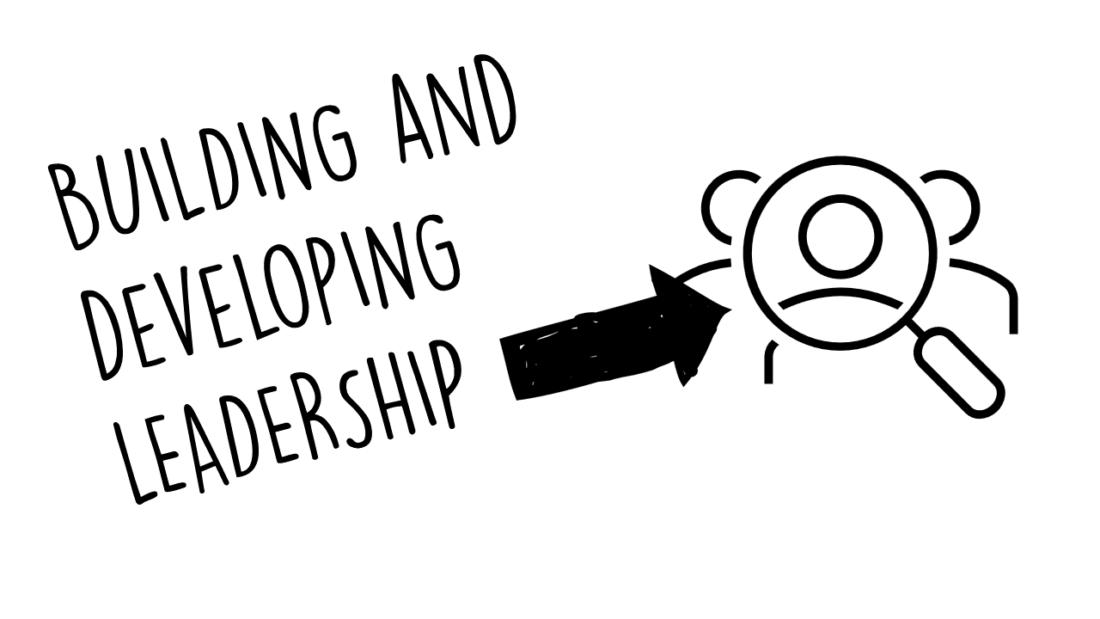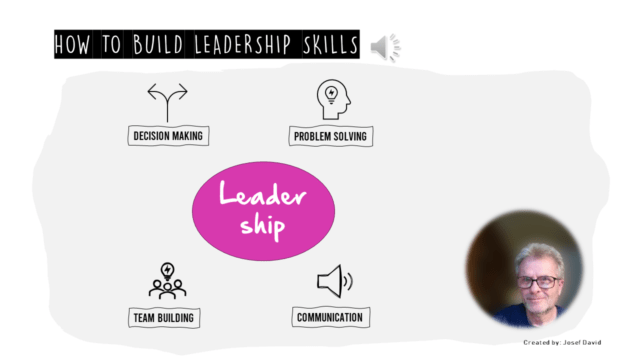Introduction
Customer acquisition is a critical aspect of business success. Without a steady stream of new customers, businesses cannot grow and thrive. In order to achieve rapid customer acquisition, it is essential to build a winning team that is capable of driving these efforts. A strong team can bring together diverse skills and expertise, collaborate effectively, and execute strategies to attract and retain customers. In this article, we will explore the importance of building a winning team for rapid customer acquisition and discuss the key factors that contribute to team success.
The Importance of Building a Winning Team for Rapid Customer Acquisition
A winning team can significantly impact customer acquisition efforts. When team members are aligned towards a common goal and work together cohesively, they can achieve remarkable results. A strong team can bring together different perspectives, skills, and experiences, allowing for more innovative and effective strategies to attract and retain customers. Additionally, a high-performing team can inspire confidence in potential customers, as they see the dedication and expertise of the team members.
One of the key benefits of having a winning team for customer acquisition is the ability to leverage each team member’s strengths. When team members are skilled in different areas, they can complement each other’s abilities and work together to achieve better results. For example, one team member may excel at lead generation, while another may be skilled at closing deals. By leveraging these individual strengths, the team can cover all aspects of the customer acquisition process and maximize their success.
Understanding the Role of Leadership in Driving Customer Acquisition
Leadership plays a crucial role in driving customer acquisition efforts. Effective leaders set the direction and strategy for the team, ensuring that everyone is aligned towards a common goal. They provide guidance and support to team members, helping them navigate challenges and make informed decisions. Additionally, leaders are responsible for effective communication within the team, ensuring that everyone understands their roles and responsibilities.
Effective communication is particularly important in leadership when it comes to customer acquisition. Leaders must clearly communicate the vision and goals of the team, as well as the strategies and tactics to achieve them. This ensures that everyone is on the same page and working towards a common objective. Furthermore, leaders must be able to make timely and informed decisions to drive customer acquisition efforts. This requires a deep understanding of the market, the target audience, and the competitive landscape.
Identifying the Key Traits and Skills of a Winning Team
To build a winning team for rapid customer acquisition, it is important to identify the key traits and skills that team members should possess. Firstly, team members should have a strong work ethic and be highly motivated. Customer acquisition requires persistence and dedication, so team members must be willing to put in the effort required to achieve results. Additionally, team members should have excellent communication skills, as they will be interacting with potential customers and stakeholders.
Another important trait for team members is adaptability. The customer acquisition landscape is constantly evolving, so team members must be able to adapt to new strategies and tactics. They should be open to learning and willing to try new approaches in order to stay ahead of the competition. Furthermore, team members should possess strong problem-solving skills, as they will inevitably encounter challenges along the way. Being able to think critically and find creative solutions is essential for success in customer acquisition.
Cultivating a Culture of Collaboration and Accountability
Collaboration and teamwork are essential for successful customer acquisition efforts. When team members collaborate effectively, they can leverage each other’s strengths and expertise to achieve better results. Collaboration also fosters creativity and innovation, as team members can bounce ideas off each other and come up with new approaches. Additionally, collaboration promotes a sense of ownership and accountability within the team, as everyone is working towards a common goal.
To cultivate a culture of collaboration and accountability, it is important to establish clear roles and responsibilities within the team. Each team member should understand their specific role and how it contributes to the overall customer acquisition strategy. Regular communication and feedback are also crucial for collaboration, as they allow team members to share ideas, provide input, and address any challenges or concerns. Furthermore, celebrating successes and recognizing the contributions of team members can foster a positive and collaborative work environment.
Investing in Continuous Learning and Development for Team Members
Continuous learning and development are essential for building a winning team for rapid customer acquisition. The customer acquisition landscape is constantly evolving, with new technologies, strategies, and tactics emerging all the time. In order to stay ahead of the competition, team members must continuously update their skills and knowledge. This can be done through training programs, workshops, conferences, and other learning opportunities.
Investing in continuous learning and development not only benefits the individual team members but also the overall team performance. When team members are equipped with the latest knowledge and skills, they can execute customer acquisition strategies more effectively. Additionally, continuous learning promotes a culture of innovation and growth within the team, as team members are encouraged to explore new ideas and approaches.
Leveraging Technology and Automation for Efficient Customer Acquisition
Technology and automation play a crucial role in streamlining customer acquisition processes. There are numerous tools and technologies available that can help teams automate repetitive tasks, track leads and conversions, analyze data, and optimize campaigns. By leveraging these technologies, teams can save time and resources, allowing them to focus on more strategic activities.
One example of technology that can be used for efficient customer acquisition is a customer relationship management (CRM) system. A CRM system allows teams to track leads, manage customer interactions, and analyze data to improve their customer acquisition efforts. Additionally, marketing automation tools can help teams automate email campaigns, social media posts, and other marketing activities. These tools can save time and ensure that customer acquisition efforts are consistent and targeted.
Creating a Clear and Compelling Vision for the Team
Having a clear and compelling vision is essential for building a winning team for rapid customer acquisition. A vision provides a sense of purpose and direction, motivating team members to work towards a common goal. It also helps team members understand the importance of their work and how it contributes to the overall success of the organization.
To create a clear and compelling vision, leaders must effectively communicate the goals and objectives of the team. They should explain why customer acquisition is important and how it aligns with the broader organizational goals. Additionally, leaders should involve team members in the vision-setting process, allowing them to provide input and feel a sense of ownership. This can increase team members’ commitment and motivation to achieve the vision.
Setting SMART Goals and Metrics to Measure Success
Setting SMART goals and metrics is crucial for measuring success in customer acquisition efforts. SMART stands for Specific, Measurable, Achievable, Relevant, and Time-bound. By setting specific and measurable goals, teams can track their progress and evaluate their performance. Additionally, setting achievable goals ensures that teams are motivated and not overwhelmed by unrealistic expectations.
Metrics are also important for measuring success in customer acquisition. By tracking metrics such as conversion rates, cost per acquisition, and customer lifetime value, teams can assess the effectiveness of their strategies and make data-driven decisions. Regularly analyzing these metrics allows teams to identify areas for improvement and optimize their customer acquisition efforts.
Fostering a Positive and Supportive Work Environment
A positive and supportive work environment is essential for driving team performance in customer acquisition efforts. When team members feel supported and valued, they are more likely to be motivated and engaged in their work. Additionally, a positive work environment promotes collaboration, creativity, and innovation.
To foster a positive work environment, leaders should promote open communication and encourage feedback from team members. They should also provide opportunities for professional growth and development, such as training programs and mentorship. Furthermore, leaders should promote work-life balance and ensure that team members have the resources and support they need to succeed.
Celebrating Success and Recognizing the Contributions of Team Members
Celebrating success and recognizing the contributions of team members is crucial for maintaining motivation and morale in customer acquisition efforts. When team members feel appreciated and recognized for their hard work, they are more likely to be engaged and committed to achieving the team’s goals. Additionally, celebrating success can create a positive and supportive work environment, where team members feel motivated to continue their efforts.
There are many ways to celebrate success and recognize the contributions of team members. This can include public recognition, such as announcing achievements in team meetings or company-wide communications. It can also include rewards and incentives, such as bonuses or promotions. Additionally, leaders can provide opportunities for team members to share their successes and lessons learned with the rest of the team, fostering a culture of learning and growth.
Conclusion
Building a winning team is essential for rapid customer acquisition. A strong team can drive customer acquisition efforts, bring together diverse skills and expertise, collaborate effectively, and execute strategies to attract and retain customers. Leadership plays a crucial role in setting the direction and strategy for customer acquisition, while effective communication and decision-making are important for leadership success.
Identifying the key traits and skills of a winning team is essential for successful customer acquisition. Collaboration and accountability are crucial for teamwork, while continuous learning and development help team members stay ahead of the competition. Leveraging technology and automation can streamline customer acquisition processes, while setting clear goals and metrics helps measure success.
Creating a positive work environment, celebrating success, and recognizing the contributions of team members are important for maintaining motivation and morale in customer acquisition efforts. By building a winning team, businesses can achieve rapid customer acquisition and drive their overall success.




